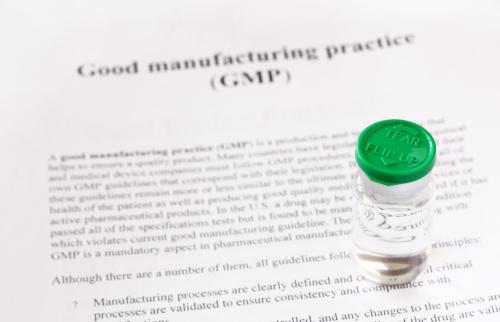This article is a summary by the authors of research published by the Journal of Economic Perspectives.
The U.S. generic prescription drug market, which makes up the majority of medicines that are sold today, is often recognized for its benefits to consumers through high-quality products and low prices. However, the market is also increasingly facing drug shortages that threaten disruptions to patient care.
Marta Wosińska and Rena Conti, in a new paper published by the Journal of Economic Perspectives, examine the economic puzzle behind drug shortages in the generic drug market. They ponder why, in the event of a drug shortage, when prices should rise and encourage entry, observations show shortages increasing in number and strength.
In their research, Wosińska and Conti find that this challenge can be explained by the inability of generic drug prices to adjust to regulatory and contracting frictions, as well as the presence of asymmetric information and agency problems within the U.S. drug market. To address these frictions, they conclude with a discussion of various policy interventions targeted at ameliorating these economic challenges and ensuring a resilient U.S. generic drug supply.
The Brookings Institution is committed to quality, independence, and impact.
We are supported by a diverse array of funders. In line with our values and policies, each Brookings publication represents the sole views of its author(s).








